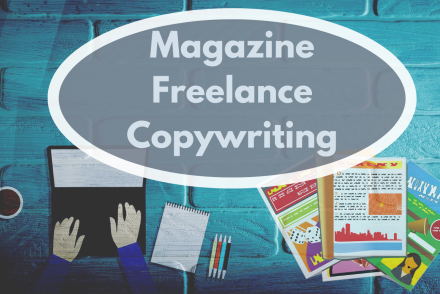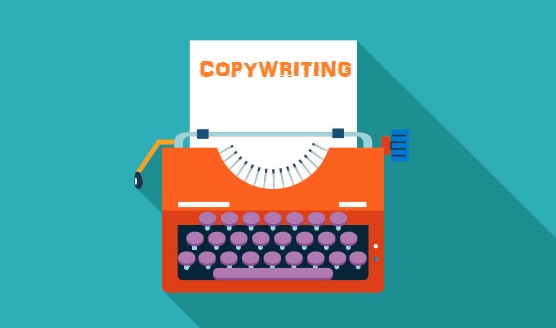
Taking Care of Your Mental Health in the Editing Process
No matter how long you’ve been writing, you know that your “finished” copy is really nowhere near complete. Once…
January 14, 2023
No matter how long you’ve been writing, you know that your “finished” copy is really nowhere near complete. Once…
January 14, 2023
To put it simply, a marketing copywriter is a person who creates texts to sell products. It can be…
May 11, 2021
Once Upon a Time: Trade Secrets of Copywriting from Ancient Near Eastern Storytellers The internet is abuzz with storytelling.…
September 29, 2017
Have you heard the online buzz about copywriting? Make $100,000 a year writing! A laptop and an Internet…
May 29, 2017
Nothing freezes your brain faster than a series of meetings on the minutiae of government grant management. Trust me.…
April 25, 2017
You’re a copywriter. Not a novelist (okay, maybe at night). Not a screenwriter. Not a poet. A copywriter.…
March 28, 2017December 1941. London. The worst of the blitz just ended. A nation at war faced Christmas. The BBC’s charge?…
February 28, 2017